

Andrew Maclean
4 Days Ago
Renault's budget brand Dacia will reveal a new seven-seat SUV this week, and it's on the table for a potential Australian launch.

Senior Contributor
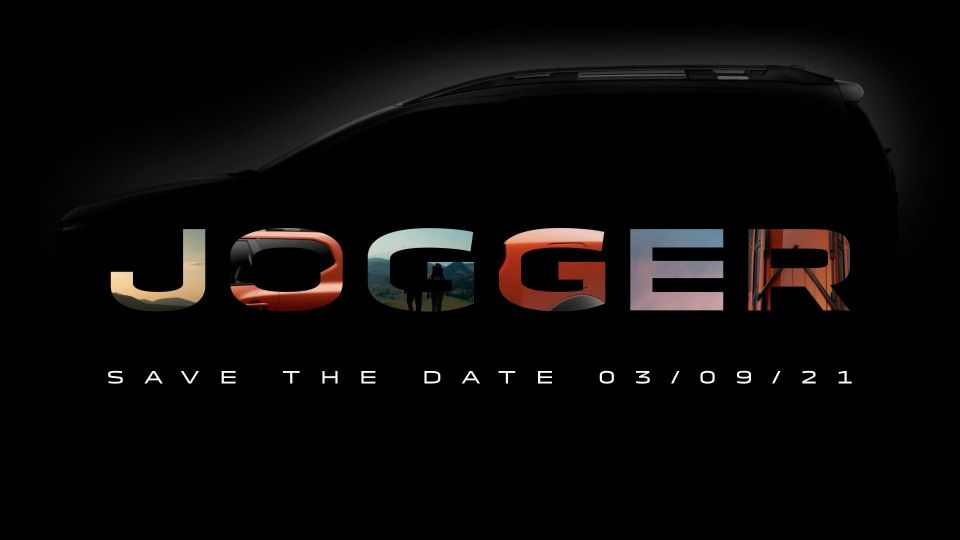

Senior Contributor
Renault’s entry brand, Dacia, has promised to whip the covers off a brand new seven-seater SUV called the Jogger on September 3.
The new model will slot above the Duster small SUV in an expanding range, which is in line with Renault’s aim to grow Dacia’s global operations – an expansion which is expected to include Australia at some point in time.
“It will be known as Dacia Jogger! A simple, strong, and international name for the latest big brother sibling in the Dacia family – a versatile 7-seater family car…” says a short statement.
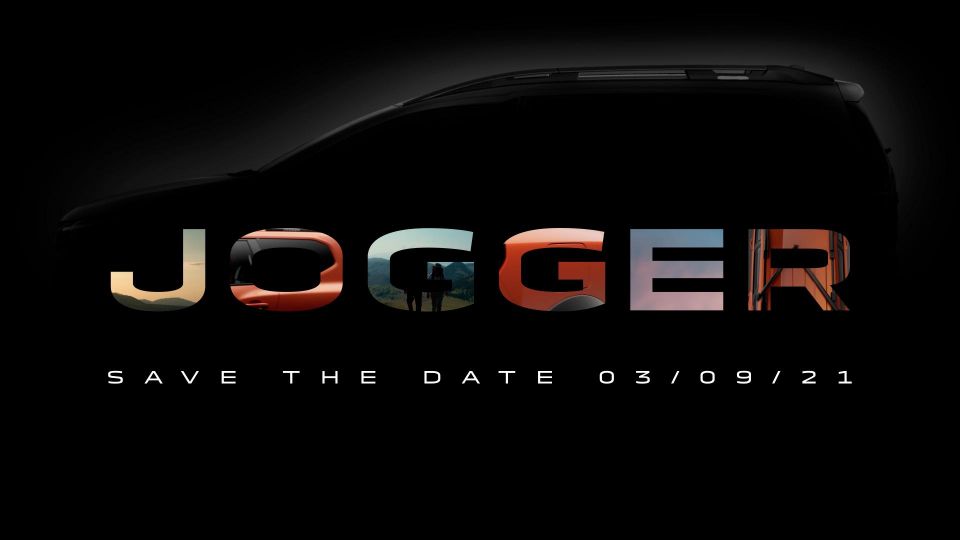
“With a name that evokes sport, the great outdoors, and positive energy, the Dacia Jogger is the ideal family car geared towards outdoor activities.”
It’s reportedly set to replace both the Lodgy, Dokker, and Logan MCV in the Dacia line-up.
The Jogger will give a further indication of where the brand plans to take its design, having pledged to roll out a slick new logo on all cars in 2022, and having also revealed a 4.6-metre long SUV concept called Bigster earlier in 2021.
At the beginning of the year, Renault’s global boss Luca de Meo outlined a broad strategy for the group.

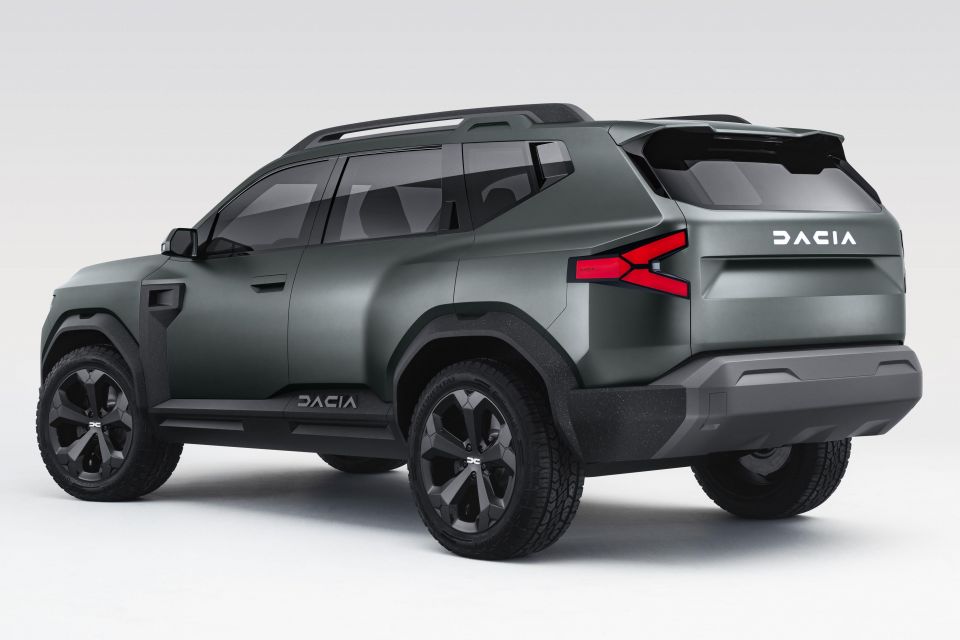
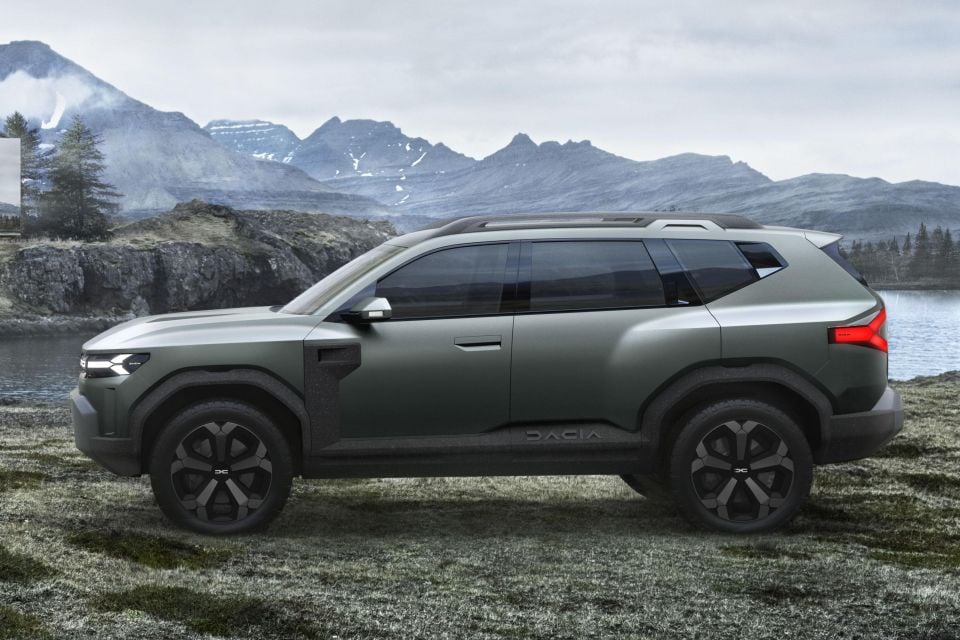
Dacia was put into a budget business unit with fellow Renault brand Lada, and pledged to have three all-new nameplates by 2025.
According to Renault, bringing the Lada and Dacia under one roof will allow them to be “full-fledged international brands”, and “go beyond their current perimeter in terms of markets and segments”.
The Romanian company has found more than five million buyers since 2014, including 140,000 in the (right-hand drive) UK market.
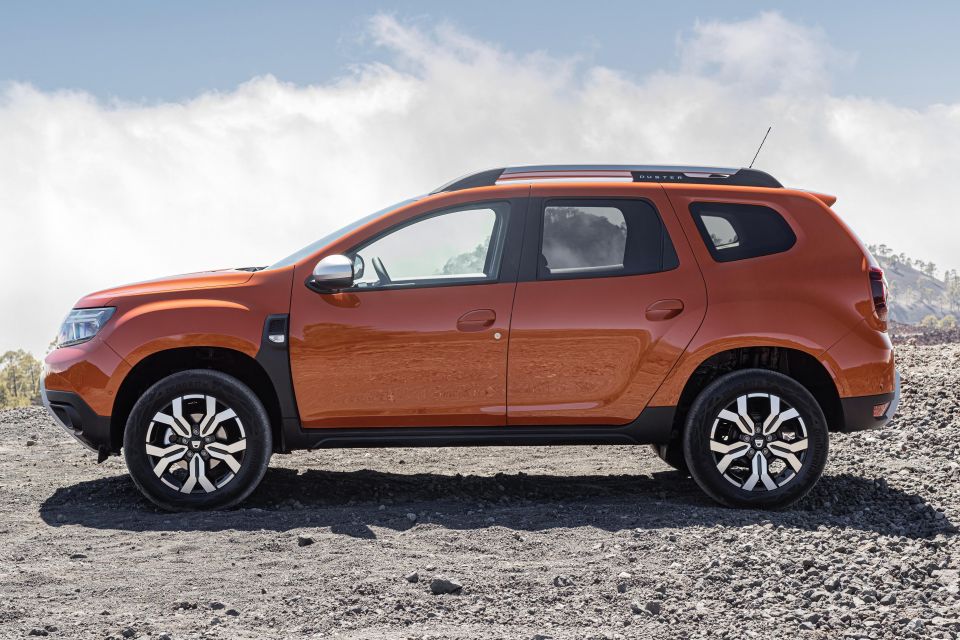
“The brand new and recently invested cost-competitive and highly flexible [Renault-Nissan-Mitsubishi] Alliance’s CMF-B platform will enable Dacia and Lada to move from 4 platforms to 1 and from 18 body types to 11,” added a business plan summary.
Dacia’s hub is Europe, where its budget fare such as the Sandero hatchback and Duster at times top the private-buyer sales charts across the continent.
Think of Dacia’s relationship to parent Renault as akin to Skoda’s relationship with Volkswagen, albeit at a less advanced stage of evolution.
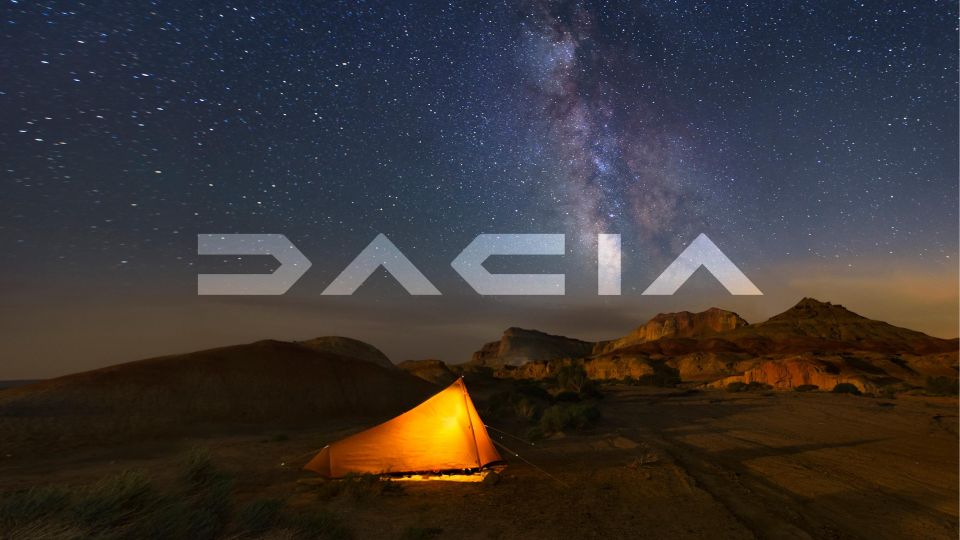
Skoda is a big source of profit for the wider VW Group and steadily moves upmarket from humble roots, theoretically leaving the door ajar to Dacia to capitalise by adding scale to platforms, to cut costs and drive volume.
With the Jogger announcement, we reached out to Renault Australia’s importer Ateco to see if there was any update on plans to introduce Dacia here. A company spokesperson said not at this stage.
As reported in June, Renault Australia’s general manager, Glen Sealey, confirmed Dacia was on the cards, but said there’s still water to run under the bridge before the plan was signed off.
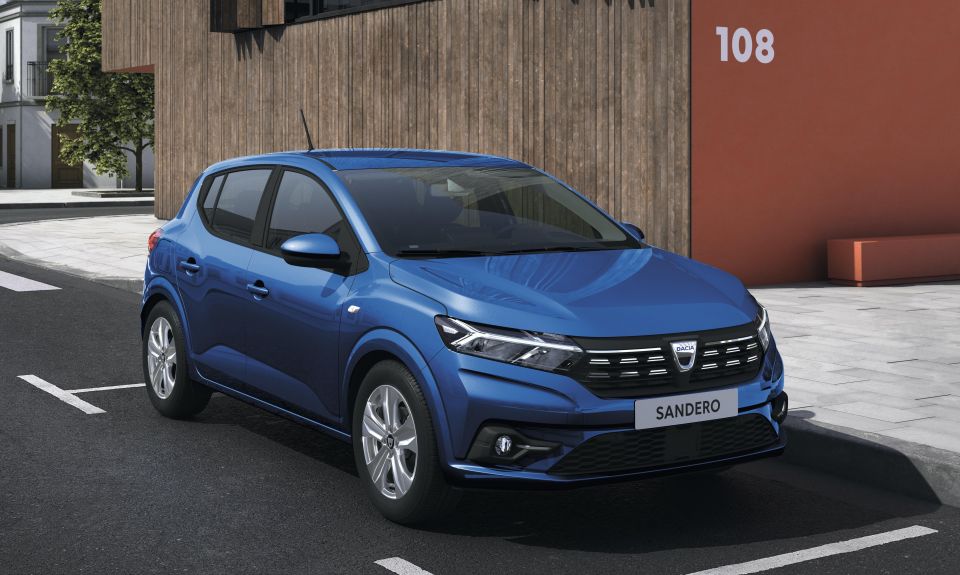
“We are an entrepreneurial company. So as an entrepreneurial company, we assess all commercial opportunities in front of us,” Mr Sealey said to us at the time.
“When you look at Renault as a group, Renault embraces Alpine, Renault, and Dacia as well. We have seen success of Dacia in other markets, and for sure it’s a brand we would put our hands up for.
“But how that would be structured moving forward is yet to be determined. And indeed, whether Dacia can be as competitive in Australia as what it is in Europe, is also yet to be determined. As long as it’s commercial, we will look at it.”
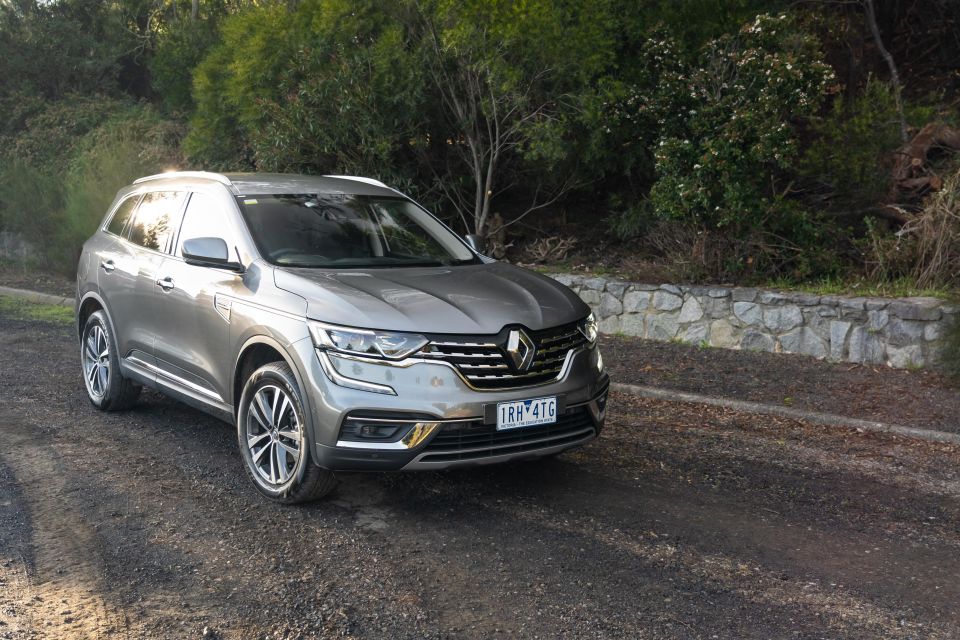
Another key, according to Mr Sealey, is ensuring Dacia’s products don’t cannibalise exisiting Renault fare, and can be sold profitably.
Given Renault has no seven-seat SUV, the Dacia Jogger surely looks enticing to sell alongside the Korean-made Renault Koleos five-seater – if it meets all safety requirements.
We wrote a column last year outlining why Renault Australia should import Dacia products.Check it out and let us know your thoughts on Dacia coming to Australia in the comments!
MORE: Why Dacia should sell cars in Australia MORE: Renault-Nissan-Mitsubishi plots its new path


Andrew Maclean
4 Days Ago
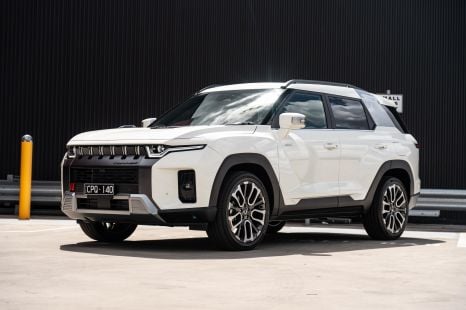

Max Davies
4 Days Ago


Matt Campbell
3 Days Ago
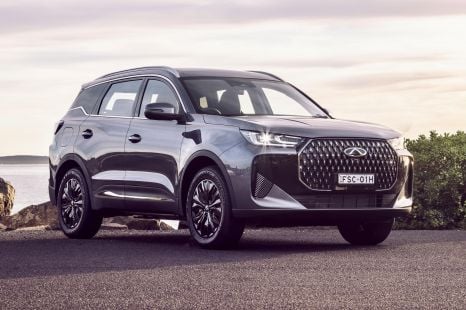

Max Davies
2 Days Ago


Josh Nevett
15 Hours Ago
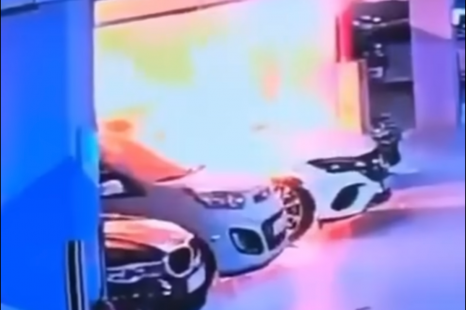

Damion Smy
11 Hours Ago